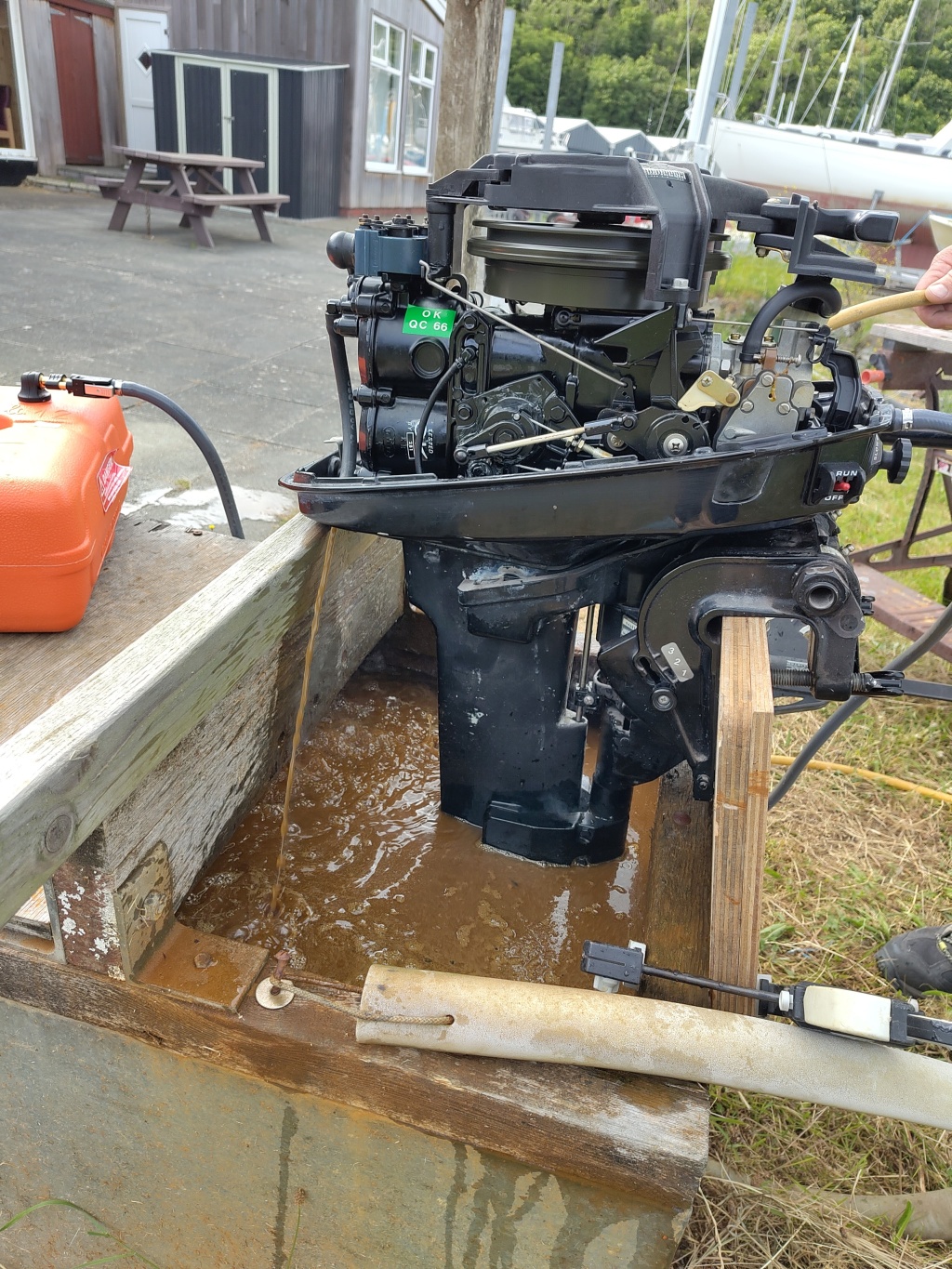As we get closer to living on Vida and our first winter living aboard will be at anchor during a UK winter. The reality of the limitations of solar power generation during a UK winter continues to be a concern.
It was always obvious, that without an electric shore power connection, heating the boat and water for showers etc would be impossible by electricity (at least without a powerful generator running a lot of the time). So we have already purchased a second hand Refleks diesel heater. That will directly heat the saloon, plus has a stove top for cooking and will heat hot water for both radiators and taps (See Our Scandinavian challenges part 2 and Half term arrival and plans)
For a long time I’ve been hunting for bargains and recently two came up, one on eBay and one on FaceBook Marketplace.
From eBay I’ve got a portable electric generator that runs off petrol (gasolene) with a 16amp socket. It was only 3 months old and has been run just for testing purposes. £90 seems like a good bargain. Now we can be sure that we will not run out of battery power, even with a month of no sun. It also should mean that we can motor (quite slowly) continuously should the need arise. We hope to be able to create a storage shelf for it above the electric motor (just below the cockpit floor). Then we will lift it out and use it on the deck aft of the aft cabin.
Then this week I found a Mercury outboard engine. I’ve been looking for a petrol outboard for a while for 3 main reasons:
- It wouldn’t make sense to run a generator to charge our electric outboard motor batteries. Better to simply run a petrol outboard.
- We want to be in remote anchorages and at anchor even in a UK winter. That means we will have quite long dinghy rides to go shopping etc. Our ePropulsion electric motor is brilliant for short distances but it can’t get us very far and will struggle against strong tides and winds. So I was looking for an engine that will get our Highfield Classic 290 Rib onto the plane with both of us and some shopping. Such an engine will make much longer journeys possible and fast enough to be practical. For our dinghy that basically means a 9.9hp or 15hp. We could go up to 20 but they get a lot heavier. With most outboard makes a 15 is the same size and weight as a 9.9 but with different carburettor, sometime also different cylinders. There are many more 9.9s as these fit under the regulations limit in a lot of places.
However, the prices are generally high with almost no running engines under £1,000. Fortunately, earlier this week I found a Mercury that looked like either a 9.9hp or 15hp. However, the person selling it didn’t know anything about it and it is the first Mercury that I’ve seen without the HP prominently displayed on the cowling.

They had bought it with a boat from the wife of an 86 year old man, then the boat got vandalised so it didn’t get used and now he decided to sell the engine. It looked like it had only been used in fresh water – no sea water near Pontefract 🤣 Initially we couldn’t find the serial number on the web to check which engine it is. Unfortunately, the serial number plate gives no other details.

I decided to take the risk and buy it.
Fortunately, I found a really helpful FaceBook group “Mercury 2-Stroke Owners” Where I’ve got a whole load of helpful advice. From that we found the model in the Mercury parts catalog and confirmed it is a 9.9 two stroke from the late 1980’s. That means it was manufactured at about the time we got married.
So once we got to Vida yesterday for our “Summer” holiday, we decided to see if it works.
First thing we did was to check and then change the gear hub oil. Nice and simple, just undo two machine screw heads, let it drain and then push in the new oil from the bottom. It didn’t come with a fuel tank so we bought a 12 litre fuel tank (fits in the bow locker of our Highfield Classic 290) with a hose that should reach the transom. We added a Mercury engine cleaner (Quickleen), petrol and two stroke oil.
The motor is a tight fit in the North West Venturers club tank, I’ll have to make a clip-on transom for it. Still it started pretty easily – especially when we remembered to turn the safety kill switch to run 😉 The gear change and water pump for cooling all worked.

I then put it on the dinghy (which has been locked up under Vida for ages), launched and it started first time and went easily onto the plane.
We will do more tests later in the week with both of us and a longer run.
It feels that it is worth gradually going through very thorough maintenance. I’ve got compression and spark testers coming, if those give ok results, then it’s definitely worth continuing. We will be changing the spark plugs and expecting to replace the pump impellor, clean the carburettor (replacing the gaskets) and re-grease the steering, mounting bracket etc.
For our use spending 12% of the cost of a new engine plus some time and a few parts (which a new engine will need after a while) seems good value.


Leave a comment